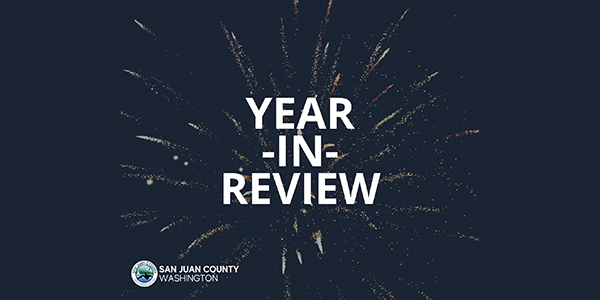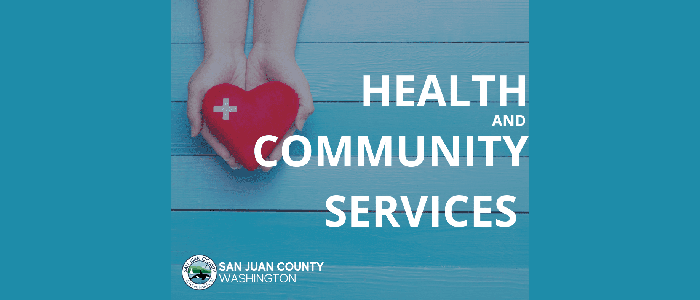— from State Department of Health —

OLYMPIA – Today the Washington State Department of Health (DOH) released the latest statewide situation report, which reflects varying COVID-19 trends in different regions and age groups. The report suggests areas of improvement are likely driven by behavior changes like wearing face coverings and staying six feet apart when away from home.
Report findings include:
- Transmission is likely still increasing in western Washington as of mid-July. The best estimate of the reproductive number (the estimated number of new people each COVID-19 patient will infect) for that region remains above one. The goal is a reproductive number well below one, which would mean the number of people getting COVID-19 is declining. To reach that goal, we must redouble efforts to stay home when possible, keep interactions with others brief and wear face coverings.
- Transmission is slowing overall in eastern Washington. This report is the first time the reproductive number for eastern Washington has been confidently estimated below one. Maintaining or intensifying current levels of reduced activity, social distancing and mask use will be critical to keeping the reproductive number below one.
- Some concerning trends continue in both eastern and western Washington, with cases again increasing in people age 40 to 69 and over 70. This is alarming because the risk of hospitalization and death is significantly higher for these age groups.
- Looking at individual counties’ case data reveals additional areas of concern. Overall rises in the Puget Sound area, particularly Pierce County, point to increasing transmission there. In eastern Washington, encouraging declines in Yakima, Benton and Franklin counties are offset by rises in Okanogan, Chelan and Douglas counties.
- Any flattening in new cases appears to be due to changes in behavior like vigilant use of face coverings and keeping physical distance, rather than changes to people’s mobility. Recent changes in transmission rates don’t correlate to trends in cellphone mobility data, which plateaued starting in June.
“I’m very concerned to see these increases in older age groups, as we predicted. This was likely following the recent spike among younger people,” said Secretary of Health John Wiesman. “We all have a responsibility to protect the most vulnerable people in our communities. The good news is that wearing face coverings and keeping our distance is working. What each of us does matters, and we must all aggressively maintain these habits to make progress.”
DOH partners with the Institute for Disease Modeling, Fred Hutchinson Cancer Research Center, University of Washington and the Microsoft AI for Health program to develop this weekly report. More COVID-19 data can be found on the DOH website and in the state’s risk assessment dashboard.
**If you are reading theOrcasonian for free, thank your fellow islanders. If you would like to support theOrcasonian CLICK HERE to set your modestly-priced, voluntary subscription. Otherwise, no worries; we’re happy to share with you.**









In this situation report, based on data only thru July 22, the effective reproduction rate for Western WA is down a bit to 1.12 and consistent with 1.0, but still suggestive of exponential growth, so we cannot relax.
Encouragingly, a NYT database showed only 0.9 cases per 100,000 population for SJ County over the last 14 days, compared to 5.9 for Skagit County and 3.4 for Whatcom County, despite the tourist influx. We must be doing some things right!
Actually, some of the latest work I’ve seen from epidemiologists & virologists who are studying “herd immunity” in terms of the COV-19 pandemic suggests that the relevant data combines the transmissibility coefficient (R0) with a measure of actual social distancing achieved in a community to estimate what percentage of infections confers herd immunity. You’d be surprised at what low levels of infection herd immunity can be achieved if social distancing is maintained at 50% of even 60%.
I’m not sure, but I believe the effective reproduction rate (R_e) combines the “transmissibility coefficient” R_0 (“R nought”) with the effects of social distancing achieved in a community, county, region or state. R_e is surely well below 1.0 in San Juan County.
New data on face coverings:
https://newatlas.com/health-wellbeing/face-mask-materials-safety-covid19-coronavirus-study/?utm_source=New+Atlas+Subscribers&utm_campaign=c4540e50dc-EMAIL_CAMPAIGN_2020_08_11_01_55&utm_medium=email&utm_term=0_65b67362bd-c4540e50dc-92188461
The data suggest that bandanas and coverings made of fleece score low at protecting others.